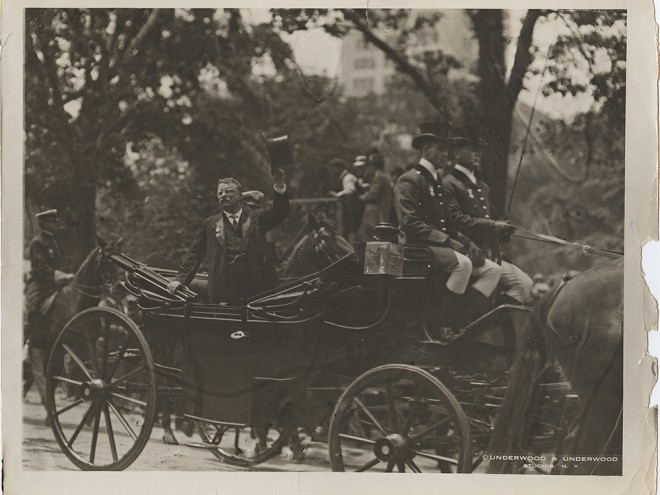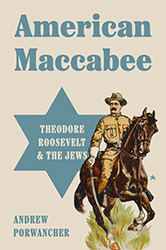Alexander Hamilton could not trace his birth to the thirteen colonies, the only one among the major politicians who created the American republic who could not do so. As the first Secretary of the Treasury, he established the financial foundations of the new nation, and his Report on Manufactures (1791) outlined an economy that would be industrial and not only agricultural, that would be urban and not only rural. As an outsider whose talent and ambition enabled him to become an insider in a society that undercut the advantages of patrician ancestry, Hamilton exuded Jewish attributes. Historian Andrew Porwancher dares to go even further: the immigrant creator of an eminently successful financial system actually was a Jew. Sort of. Or such is the ingenious and tentative case that The Jewish World of Alexander Hamilton advances in this supremely revisionist work.
Its freshest chapter is the first. “Genesis” shows how the pertinence of matrilineal descent leads to the surmise that, at the time of Hamilton’s illegitimate birth (1755?), Rachel Faucette Levine had converted to Judaism. Her son was not baptized and attended a Jewish school on the island of Nevis, where other educational options existed. Porwancher impressively draws on primary sources in half a dozen languages (including Danish and Portuguese) to argue for the likelihood — not the certainty — that Judaism marks the origins of this orphan who reached New York City as an adolescent. From then on, however, he presented himself as a non-Jew. Unlike his wife, Eliza Schuyler, he belonged to no church, however — nor did he ever exhibit religious or spiritual yearnings.
Porwancher’s “Genesis” chapter would have made a terrific scholarly article. But by pursuing the blazing career of this Founder to the very end, which was the shocking and stupid duel with Aaron Burr in 1804, the author deftly builds upon his conjectures about the West Indies. His book traces the utter absence of antisemitic sentiments in Hamilton’s own makeup, as well as the vulnerability that his promotion of commerce inflicted, making him a target of bigotry. That Hamilton, an alumnus of King’s College (later Columbia), put the hazzan of Shearith Israel, Gershom Seixas, on the board of the college also testifies to sympathies that no other Founder could match. In describing the texture of the tiny Jewish populace, as they transitioned from colonials to citizens, Porwancher sometimes lets Hamilton disappear. But these chapters amplify the speculation that memories of a Jewish boyhood gave Hamilton a singular understanding of the special challenges of the Diaspora, and equipped him with the foresight to envision the lineaments of modernity.
Stephen Whitfield is Professor of American Studies (Emeritus) at Brandeis University. He is the author of Learning on the Left: Political Profiles of Brandeis University (2020).





